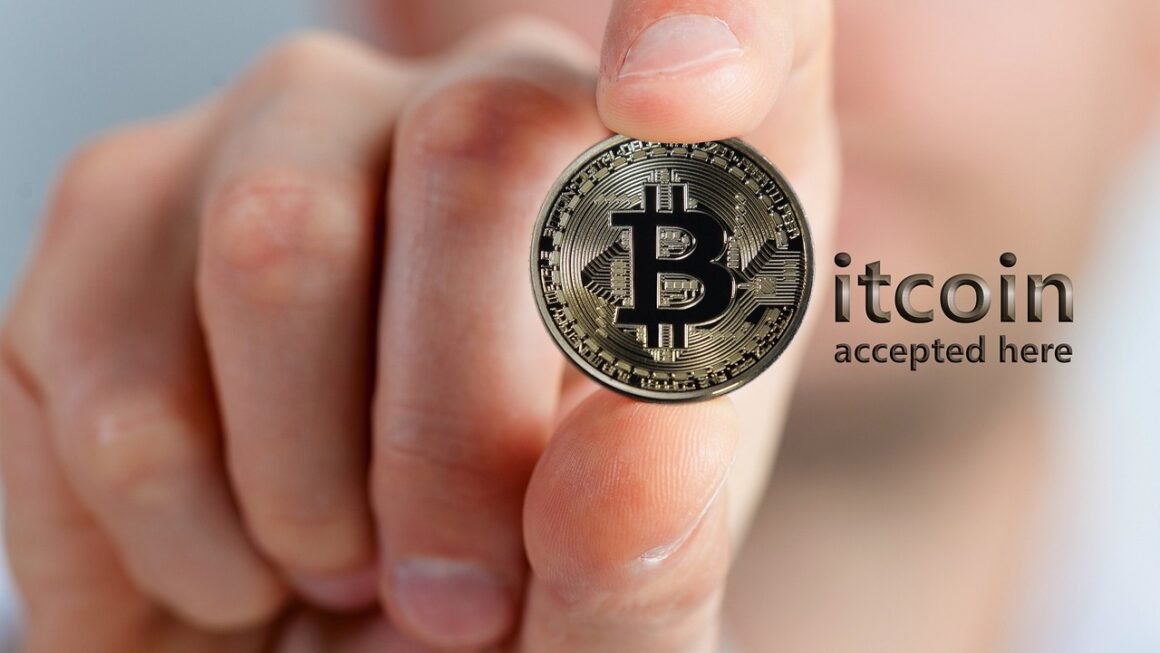Web3 is the buzzword on everyone’s lips, promising a decentralized future for the internet. But what exactly is Web3, and why should you care? This article will break down the complexities of Web3, exploring its core principles, technologies, potential benefits, and the challenges it faces in its quest to revolutionize the online world.
Understanding Web3: The Next Evolution of the Internet
Web3 represents a significant shift from the current internet landscape (Web2) towards a more decentralized, transparent, and user-controlled environment. It’s a vision of the internet built on blockchain technology, enabling users to own their data, participate in governance, and interact in a trustless manner.
Web1 vs Web2 vs Web3: A Brief History
To understand Web3, it’s helpful to understand its predecessors:
- Web1 (roughly 1990-2004): The “read-only” internet. Most users were consumers, with limited interaction beyond accessing static web pages. Think personal websites and early online forums.
- Web2 (roughly 2004-present): The “interactive” internet. This era is defined by social media platforms, user-generated content, and centralized services like Google, Facebook, and Amazon. While interactive, it’s characterized by data ownership and control resting primarily with these large corporations.
- Web3 (present and future): The “read-write-own” internet. Web3 aims to decentralize control back to users, allowing them to own their data and assets, participate in governance, and transact directly with each other.
Key Principles of Web3
Web3 is underpinned by several core principles:
- Decentralization: Power is distributed across a network rather than concentrated in the hands of a few entities.
- Transparency: Transactions and data are often recorded on a public blockchain, making them auditable and verifiable.
- User Ownership: Users have control over their data and digital assets, often through non-fungible tokens (NFTs) or other blockchain-based mechanisms.
- Trustless Interactions: Transactions can occur directly between users without the need for intermediaries, thanks to smart contracts.
- Permissionless Access: Anyone can participate in Web3 networks and build applications without needing permission from a central authority.
Core Technologies Powering Web3
Several technologies work together to bring the Web3 vision to life. Understanding these technologies is crucial to understanding Web3 itself.
Blockchain Technology
- The Foundation: Blockchain is the underlying technology that enables decentralization and transparency in Web3. It’s a distributed, immutable ledger that records transactions across a network of computers.
- How it Works: Each transaction is grouped into a “block,” which is then added to the “chain” after being verified by network participants (miners or validators). This creates a permanent and tamper-proof record.
- Examples: Ethereum, Solana, Cardano, and Polkadot are popular blockchain platforms used for building Web3 applications.
Decentralized Applications (dApps)
- Applications with a Twist: dApps are applications that run on a decentralized network, typically a blockchain. Unlike traditional applications, they are not controlled by a single entity.
- Key Features: dApps offer transparency, censorship resistance, and the potential for user ownership.
- Examples: Decentralized exchanges (DEXs) like Uniswap and SushiSwap, decentralized social media platforms like Mastodon, and blockchain-based games like Axie Infinity are examples of dApps.
Smart Contracts
- Self-Executing Agreements: Smart contracts are self-executing contracts written in code and stored on the blockchain. They automatically enforce the terms of an agreement when specific conditions are met.
- Automating Processes: Smart contracts can automate various processes, such as escrow services, supply chain management, and voting systems.
- Example: A smart contract could automatically release funds to a seller once a buyer confirms receipt of goods, eliminating the need for a middleman.
Non-Fungible Tokens (NFTs)
- Unique Digital Assets: NFTs are unique, indivisible tokens that represent ownership of a digital or physical asset. They are commonly used for digital art, collectibles, and in-game items.
- Proving Ownership: NFTs provide a way to prove ownership and authenticity of digital assets, which can be particularly valuable in the context of digital art and collectibles.
- Example: A digital artist can create an NFT of their artwork and sell it to a collector, giving the collector provable ownership of the original piece.
Benefits of Web3
Web3 promises a range of potential benefits over the current internet model.
Enhanced Privacy and Data Control
- User Empowerment: Web3 empowers users to control their data and choose how it is used.
- Reduced Tracking: Decentralized platforms often minimize tracking and surveillance, offering greater privacy.
- Data Ownership: Instead of platforms profiting from user data, Web3 allows users to potentially monetize their own data.
Greater Transparency and Trust
- Auditable Transactions: Blockchain-based transactions are transparent and auditable, fostering greater trust.
- Reduced Censorship: Decentralized platforms are less susceptible to censorship from governments or corporations.
- Immutability: Data stored on the blockchain is tamper-proof, ensuring its integrity.
New Economic Opportunities
- Decentralized Finance (DeFi): DeFi provides access to financial services like lending, borrowing, and trading without intermediaries.
- Creator Economy: Web3 enables creators to directly connect with their audience and monetize their content without relying on centralized platforms.
- Tokenization: Assets can be tokenized and traded on blockchain networks, creating new investment opportunities.
Increased Innovation and Competition
- Open-Source Development: Web3 encourages open-source development, fostering collaboration and innovation.
- Permissionless Access: Anyone can build and deploy applications on Web3 networks, leading to greater competition.
- New Business Models: Web3 enables new business models based on tokenomics and decentralized governance.
Challenges and Criticisms of Web3
Despite its potential, Web3 faces significant challenges that need to be addressed.
Scalability Issues
- Transaction Speed: Many blockchain networks struggle to handle high transaction volumes, leading to slow transaction speeds and high fees.
- Network Congestion: Scalability limitations can lead to network congestion and increased costs.
- Solutions: Layer-2 scaling solutions like rollups and sidechains are being developed to address these issues.
Security Risks
- Smart Contract Vulnerabilities: Smart contracts can be vulnerable to bugs and exploits, leading to loss of funds.
- Hacking and Scams: Web3 platforms are often targeted by hackers and scammers, posing a risk to users.
- Importance of Audits: Thoroughly auditing smart contracts and implementing robust security measures is crucial to mitigate these risks.
Regulatory Uncertainty
- Lack of Clear Regulations: The regulatory landscape for Web3 is still evolving, creating uncertainty for businesses and users.
- Potential for Crackdowns: Governments may impose stricter regulations on Web3 activities, potentially hindering its growth.
- Need for Collaboration: Collaboration between regulators and Web3 stakeholders is needed to develop clear and balanced regulations.
User Experience Challenges
- Complexity: Web3 technologies can be complex and difficult for non-technical users to understand.
- Poor User Interfaces: Many Web3 applications have clunky user interfaces, hindering adoption.
- Gas Fees: High gas fees can make using Web3 applications expensive and deter users.
Environmental Concerns
- Energy Consumption: Some blockchain networks, particularly those using proof-of-work (PoW) consensus mechanisms, consume significant amounts of energy.
- Environmental Impact: The energy consumption of PoW networks can contribute to environmental problems.
- Solutions: Proof-of-stake (PoS) consensus mechanisms and other energy-efficient technologies are being adopted to reduce the environmental impact of Web3.
Conclusion
Web3 represents a bold vision for the future of the internet, promising a more decentralized, transparent, and user-controlled online experience. While it offers numerous potential benefits, it also faces significant challenges related to scalability, security, regulation, user experience, and environmental impact. Overcoming these challenges will be crucial for Web3 to reach its full potential and revolutionize the internet as we know it. As the technology matures and the ecosystem evolves, Web3 has the power to transform how we interact with the digital world and reclaim control over our data and online identities. Keep an eye on this space – the revolution is just beginning!



